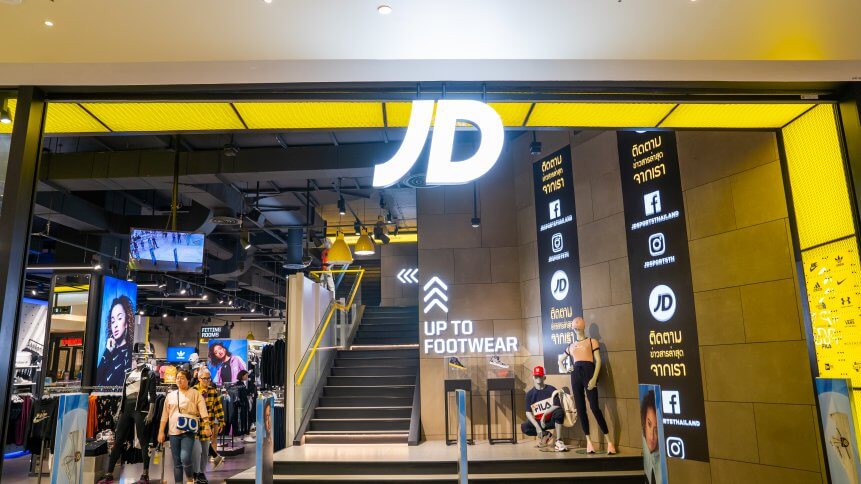The rise of ‘retailtainment’

It’s official. WHSmith has been named the worst High Street store in a Which? survey of more than 7,700 UK shoppers. It came under fire for poor value for money, poor service and for its stores being “cramped and messy”.
Another uninspiring retailer, struggling to remain relevant, is Boots. It recently emerged that 200 of its UK stores could be closed by its American owners, Walgreens Boots, in a bid to cut costs.
Worries about the future of the High Street aren’t going away anytime soon. But there is still demand from shoppers for the experience and services offered by physical stores that can’t always be replicated online, observes Harry Rose of Which?
If retailers can deliver great value, quality products and first-class customer service, customers will keep coming back, he adds.
Listen, anticipate, re-group and adapt
Scandinavian furniture retailer Jysk recently announced a five-year growth plan that will see its UK store portfolio increase to 52 by August 2024.
The aim is to reach a 5,000-store target worldwide. For Country Manager for JYSK UK, David Ashton, striking the right note with shoppers is the key to a retail business that thrives. Physical retail isn’t dying, he argues, it’s simply changing the ground rules. Retailers have to listen, anticipate, re-group and adapt.
YOU MIGHT LIKE

IKEA AR app could be a catalyst for its evolution
Enter ‘retailtainment’. 73 percent of UK consumers would spend more time and money in stores that offered up experiences as well as just product, according to research carried out by RetailEXPO.
Sixty-eight percent of the 2,000 people surveyed said they now wanted stores to offer experiences, services or leisure activities. Retailers succeeding in this area include Hobbycraft, which offers up crafting lessons in-store, Sweaty Betty, which runs free weekly fitness classes and JD Sports’ DJ sets.
Sixty-six percent, meanwhile, would visit a retailer for their cafés, bars and restaurants, while cookery tastings, wellness classes and music events would draw 37 percent, 15 percent and 14 percent into store respectively.
Ramping up tech investment
New technology also has a vital role to play. It will allow local stores to fight back against online retailers, according to NearSt and The Future Laboratory.
The need to engage customers in new ways, while managing stock, operations and promotions more effectively and cost-efficiently, is driving up global IT spending, research by Tech. finds.
This will top US$203 billion in 2019, a 3.6 percent increase on last year. In the UK, 45 percent of retailers are using visual search, including the likes of Asos, Boohoo, M&S, eBay and Argos. While visualization generally is proving important to sell higher-value items – for example, once customers can get a better feel for how furniture or a new kitchen would look in their own home.
In the US, AI is enabling new levels of automation in Amazon Go stores, and in France, as in other markets, robots are transforming product picking in warehouses.
WHSmith and Boots might be stuck in the past. But bricks and mortar stores still have a vibrant future if they can adapt and thrive.








